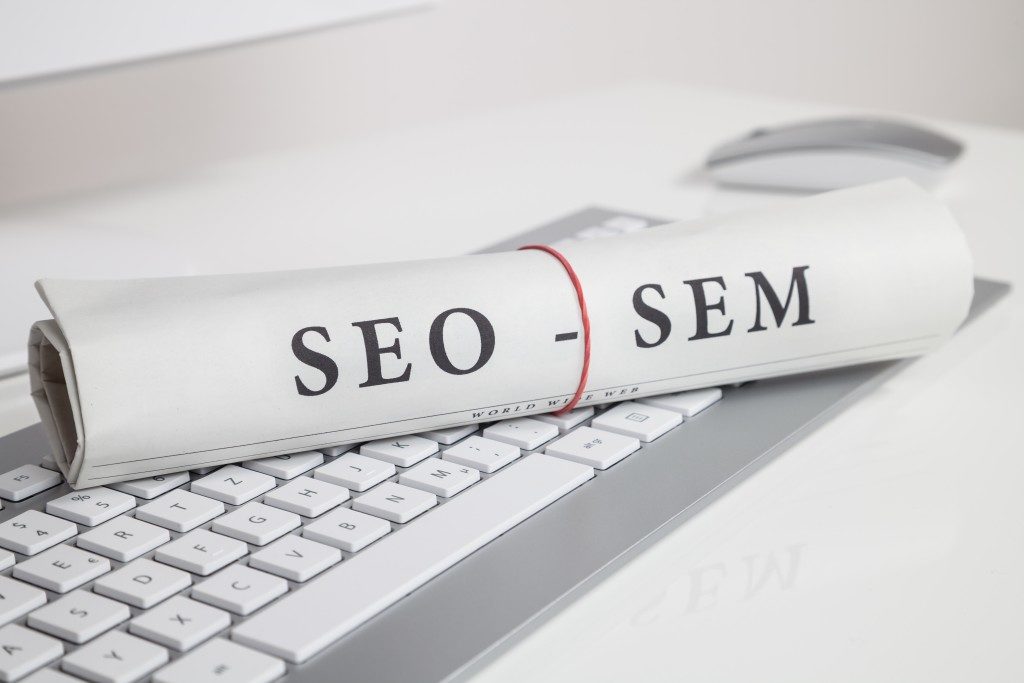Lots of people think that SEO or search engine optimization is a part of SEM or search engine marketing that involves both organic and paid traffic-generating strategies. But SEM only covers paid search. Put simply, SEO involves the process of obtaining traffic coming from natural, organic or free search engine results.
SEM, on the other hand, is a process focused on obtaining traffic through the purchase of ads.a
What Exactly is Search Engine Optimization?
You already know that SEO is all about organic traffic. And that SEO solutions have to evolve constantly so that they can keep up with the always-changing search algorithms of Google and other search engines. SEO mainly covers onsite and offsite SEO that includes the following:
- Onsite SEO Elements
- Optimized and well-written content with the right keywords
- Optimized metadata that consists of the meta description, title tags, image ALT tag, and heading tags that incorporate your keywords
- Properly formatted and simple webpage URLs that include specific keywords
- Integration of social sharing within the copy
- Offsite SEO Elements
- Promoting social signals
- Link building for attracting and getting high-quality inbound links
- Drawing attention from Digg, Reddit, and other social bookmarking websites
You should craft high-quality and relevant content such as web copies and blog articles that will appeal to your target users. This will help you gradually establish the authority of your website and will result in higher organic traffic, conversions, and more chances to obtain high-quality inbound links.
Aside from onsite and offsite elements of SEO, there’s also the technical side to consider. This refers to tactics utilized for website elements that are not considered content such as structured data, site speed (on desktop and mobile) and site architecture, which all impact search rankings.
Essentially, technical SEO is all about making providing a great site experience for users and crawlers of search engines.
What Exactly is Search Engine Marketing?

SEM is focused on gaining visibility and traffic via paid ads like PPC or pay-per-click ads on search engines. PPC advertising enables you to zero in on your target market via relevant keywords in ad copies that match their queries on search engines.
These ads will be displayed in SERPs or search engine results pages alongside organic site listings. These will give you the chance to boost the visibility and in turn, traffic of your website, blog articles, and landing pages, among others.
Which One Should You Choose?
To figure out which one you should use for marketing your business, consider the following factors:
- If you already have a consistent incoming traffic stream but need more conversions, go with SEO.
- If you’re just starting to build your presence online, opt for SEO, and then branch out to SEM.
- If you already have excellent conversion rates but need more consistent traffic, go with SEM.
Ideally, you should use both online marketing strategies in your overall digital marketing plan. But you should first assess what your business needs, understand how SEO differs from SEM, and determine how you can consistently maintain your SEO or SEM efforts.
Ultimately, the best approach will depend on your specific goals for your business.
